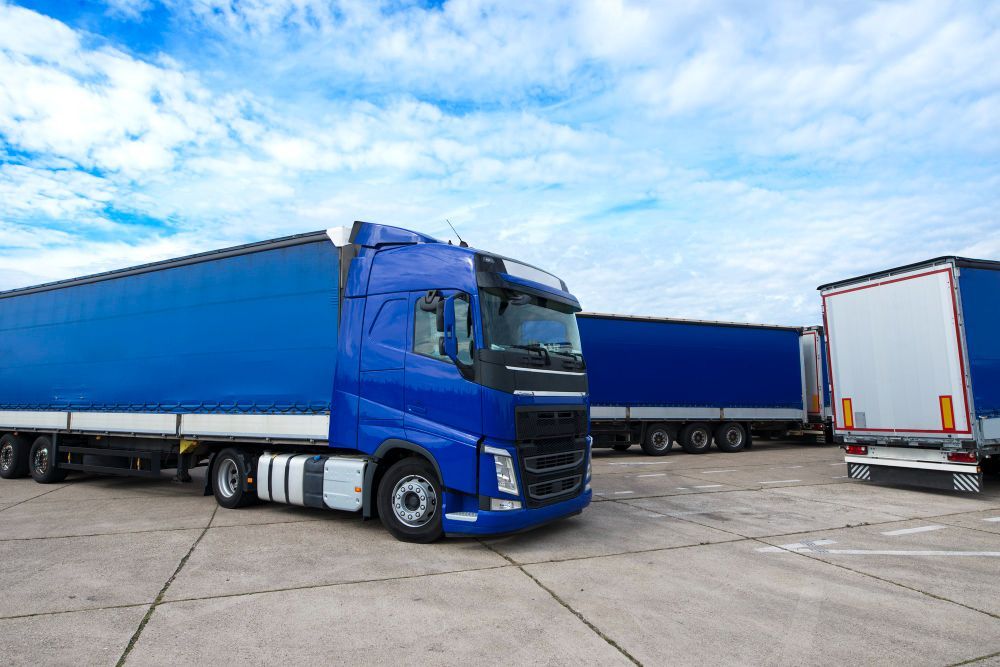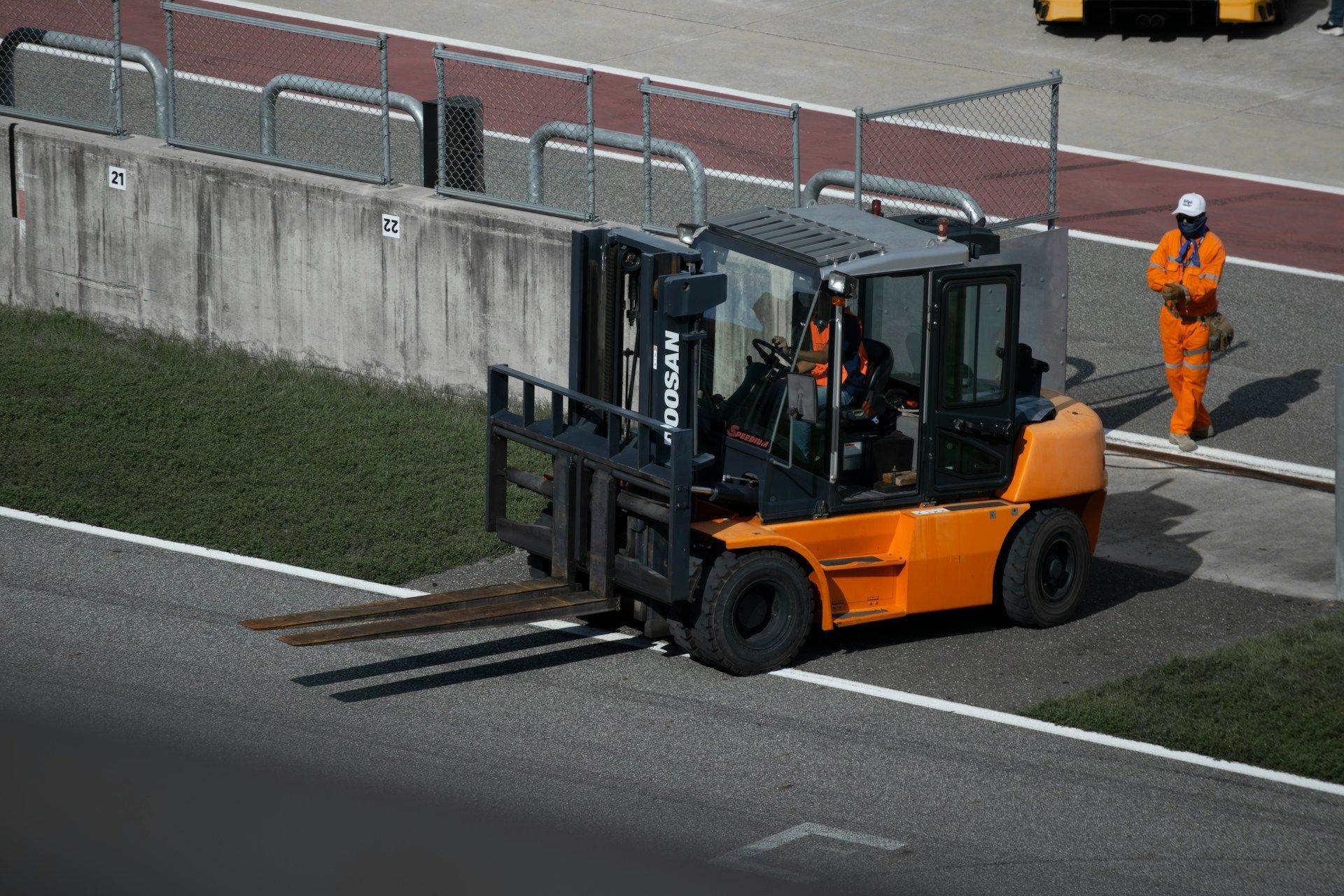Navigating Road Regulations for Heavy Haul Trucking
Navigating the intricate world of road regulations for heavy haul trucking is crucial for any project that involves moving large and heavy loads. As leaders in crane services and heavy haul trucking in the Midwest, we understand the importance of abiding by these laws to ensure the safety of our operations and the timely execution of projects. Road regulations can be complex, with many rules varying significantly from one state to another.
In this article, we'll explore the essentials of road regulations tailored specifically for heavy haul trucking. It's vital to grasp these rules not only to stay compliant but also to optimize our routes and project timelines effectively. Every project we undertake comes with its set of challenges, and understanding these regulatory nuances allows us to plan better, reduce risks, and deliver efficient service without compromising on safety or timelines.
Whether you're new to the realm of heavy haul trucking or looking to refresh your knowledge of the latest regulations, this guide aims to arm you with the necessary information to navigate these rules confidently. By staying informed, we can ensure that our operations are not just compliant but also more efficient and responsive to the needs of the projects we handle.
Understanding the Basics of Road Regulations for Heavy Haul Trucking
Transporting large and heavy loads requires adherence to stringent road regulations that govern every mile of a journey. For us, a firm grasp of these rules forms the backbone of our logistics planning and execution. Hefty penalties and operational setbacks await those who overlook the importance of these regulations.
First and foremost, road regulations for heavy hauls cover a broad spectrum, including weight limits, dimensional limits, and required permits. Each state may define a heavy haul in slightly different terms, but generally, any load surpassing a state's standard weight and size limits falls into this category. Such hauls may require special travel permits that dictate the time of travel, the route taken, and any support vehicles needed. Understanding these basics is critical not just for compliance but also for planning efficient and delay-free routes.
Key Road Rules Every Heavy Hauler Must Know
To ensure the safety and efficiency of heavy haul operations, certain road rules are non-negotiable. Each person involved, from the drivers to the route planners, must be familiar with these critical regulations:
1. Permit Requirements: Before hitting the road, it is essential to secure the necessary permits for each state the haul will pass through. Permits might stipulate specific travel times, designated routes, and even pilot or escort vehicle accompaniment.
2. Vehicle Markings and Flags: Heavy haul vehicles must have proper identification, including flags and signs that help in alerting other road users. This visibility is crucial, especially when transporting oversized loads.
3. Route Planning: Thorough route planning cannot be emphasized enough. We must consider not just the shortest path but also one that accommodates the size and weight of the load, keeping in mind any height or weight restrictions on bridges and roads.
4. Driver Certification: Our drivers are not just licensed; they're specially trained in heavy haul safety and regulations compliance. Continuous education on the latest rules and technologies ensures that they remain at the forefront of safe and efficient heavy-load transportation.
Each of these points forms a pillar in our commitment to adhering to road regulations, emphasizing our dedication to safety and reliability in heavy haul trucking.
State-Specific Regulations for Heavy Haul Trucking
The mosaic of laws that spans the United States requires us to be meticulous in our understanding and adherence to state-specific regulations for heavy haul trucking. Each state has its unique set of rules that impact our strategy, from permitting down to the actual transit procedures. For instance, some states have specific environmental constraints that dictate the permissible times for transporting heavy loads, often to avoid high traffic hours or sensitive weather conditions.
We focus on three crucial areas: the maximum allowable weight on state roads, time-sensitive travel restrictions, and particular route requirements based on local road conditions. By integrating GPS and real-time tracking technologies, we maintain active compliance with these diverse regulations, ensuring that we navigate state lines without legal hassles. This preemptive planning is fundamental to avoiding costly penalties and delays that can impede project timelines.
Tips for Complying with Heavy Haul Regulations
Keeping up with regulatory compliance doesn't just keep us on the right side of the law—it ensures operations proceed smoothly and safely. Here are several tips that help us maintain compliance:
1. Continuous Education: We invest in ongoing training for our team, keeping everyone updated on the latest regulatory changes and safety protocols. This education extends to understanding particulars of state-specific nuances that could affect our operations.
2. Invest in Technology: Utilizing advanced route planning software and GPS tracking not only helps us plan the best routes but also keeps us aligned with regulatory demands concerning speeds, routes, and travel times.
3. Regular Vehicle Inspections: Ensuring that all equipment is up to standard and surpasses safety requirements is not just a regulatory need; it's a priority that we set for ourselves. Regular checks and maintenance preempt failures and secure a clear compliance check.
4. Strong Communication Channels: We maintain clear communication not just within our teams but also with local authorities and clients, ensuring transparency and readiness to adapt to any immediate regulatory changes or demands.
These proactive steps ensure that we do not just meet but exceed the regulatory standards set for heavy haul trucking, thereby fostering trust and reliability with our clients and partners.
Conclusion
Navigating the complex landscape of road regulations is not just about compliance—it's about commitment to safety, efficiency, and reliability in every project we undertake. At Lents Crane & Rigging, our approach to heavy hauling is built on a foundation of comprehensive understanding and meticulous adherence to the laws and regulations across states. By dedicating ourselves to continuity in education, leveraging technology, and fostering strong communication, we ensure seamless operations that meet the expectations and demands of our clients.
Whether you're planning a large-scale construction project or need expert guidance on heavy haul trucking routes and regulations, trust us to provide the meticulous attention to detail and professional management required. Contact Lents Crane & Rigging today, and let's set the stage for a successful, compliant, and safe project delivery.
Contact Us
Contact Us
We will get back to you as soon as possible
Please try again later






